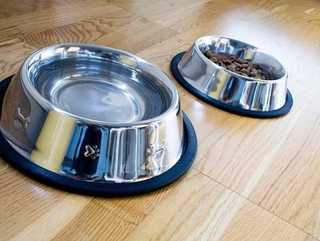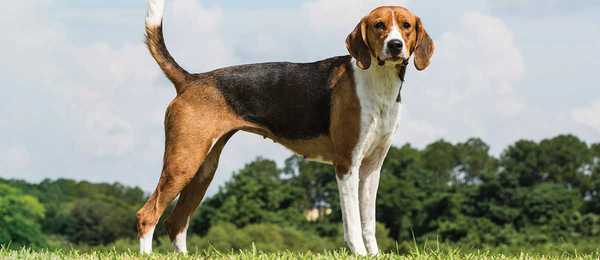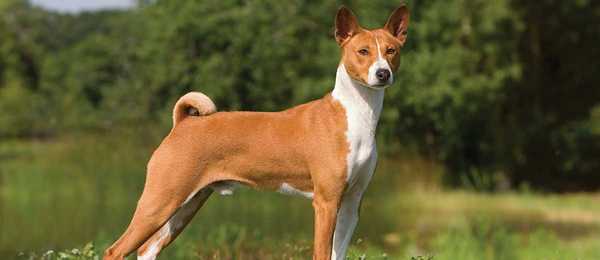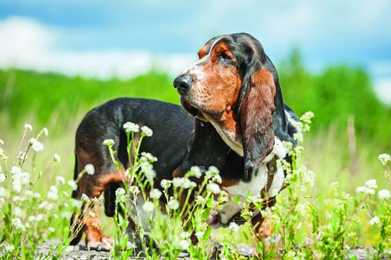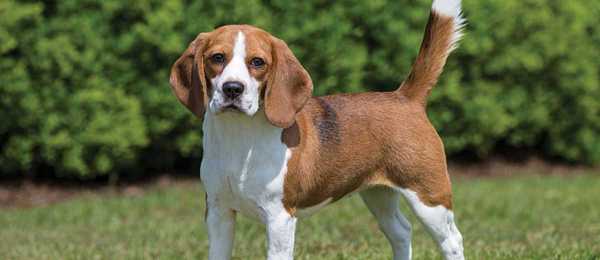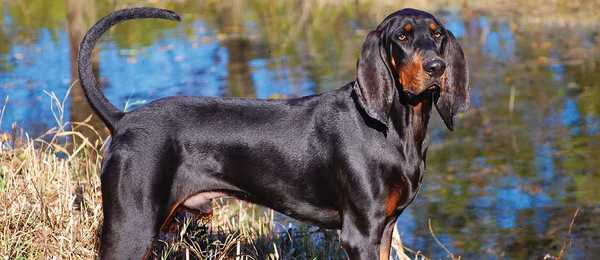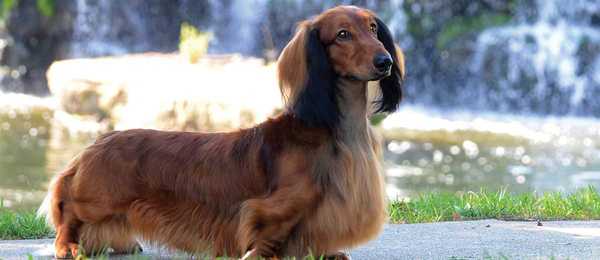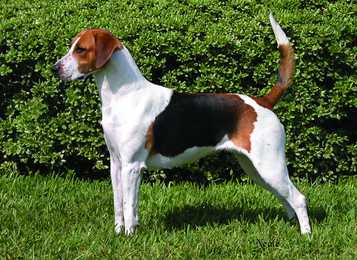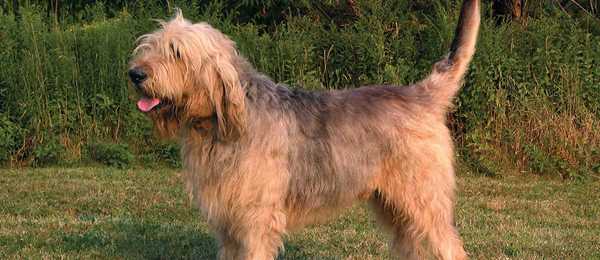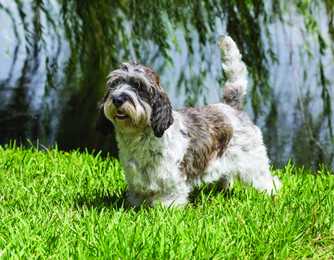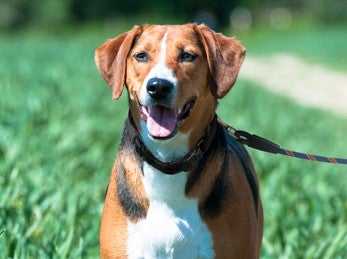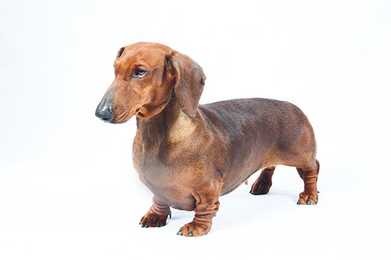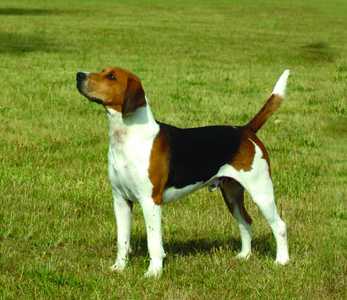
Traits and Characteristics
type
weight
height
family
The Harrier is a smaller version of the English Foxhound, bred to be suited for hunting hares. The Harrier has large bones for its size, and is slightly longer than tall. This is a scenting pack hound was bred to run with other dogs, scenting quarry, and hunting tirelessly over any terrain for long periods. It has a gentle expression when relaxed and alert when aroused. The coat is short and hard.
Ready to see what dogs fit you best? Take our short quiz to find out!
Energy Level
Exercise Requirements
Playfulness
Affection Level
Friendliness to Dogs
Friendliness to Other Pets
Friendliness to Strangers
Watchfulness
Ease of Training
Grooming Requirements
Heat Sensitivity
Vocality
Disclaimer: While the characteristics mentioned here may frequently represent this breed, dogs are individuals whose personalities and appearances will vary. Please consult the adoption organization for details on a specific pet.
Temperament
The Harrier is somewhat more playful and outgoing than the Foxhound, but not as much as the Beagle. This dog is amiable, tolerant, good with children, and loves to sniff and trail. For that reason, the Harrier needs daily exercise in a safe area or on leash. Most are reserved with strangers. Like many hounds, the Harrier tends to bay, and some may bay or bark if bored or lonely.
Upkeep
The Harrier needs daily exercise, whose needs can be met with a long walk or jog and vigorous play in your yard. The coat is easily cared for, needing only occasional brushing to remove dead hair. Harriers are very gregarious pack hounds and as such do not do well if left alone for long periods. Most are happiest with another dog to play with.
Health
- Major concerns: CHD
- Minor concerns: none
- Occasionally seen: epilepsy, perianal fistula
- Suggested tests: hip, eye
- Life span: 12–14 years
History
The word harier was Norman for dog or hound, so that it is difficult to unravel the ancient history of the Harrier from the history of hounds in general. Nonetheless, the Harrier may be one of the older scenthounds still in existence today, with references dating from thirteenth-century England. They probably stem from the long-extinct Talbot and St. Hubert hounds, and perhaps the Brachet and later, the French Basset. This lineage produced a dog that tracked hare by scent at a pace that enabled hunters to follow on foot. Thus, although Harrier packs were kept by the gentry, poorer hunters without horses could also hunt with Harriers, often combining the few dogs each individual had to form an impromptu pack. Smaller English Foxhounds may have been bred with these dogs in the early 1800s to develop a longer legged, faster dog also capable of running with mounted hunters. The Harrier has been known in America since colonial times. Despite this breed's classic proportions and handy size, it has not been common as a show dog or pet.
